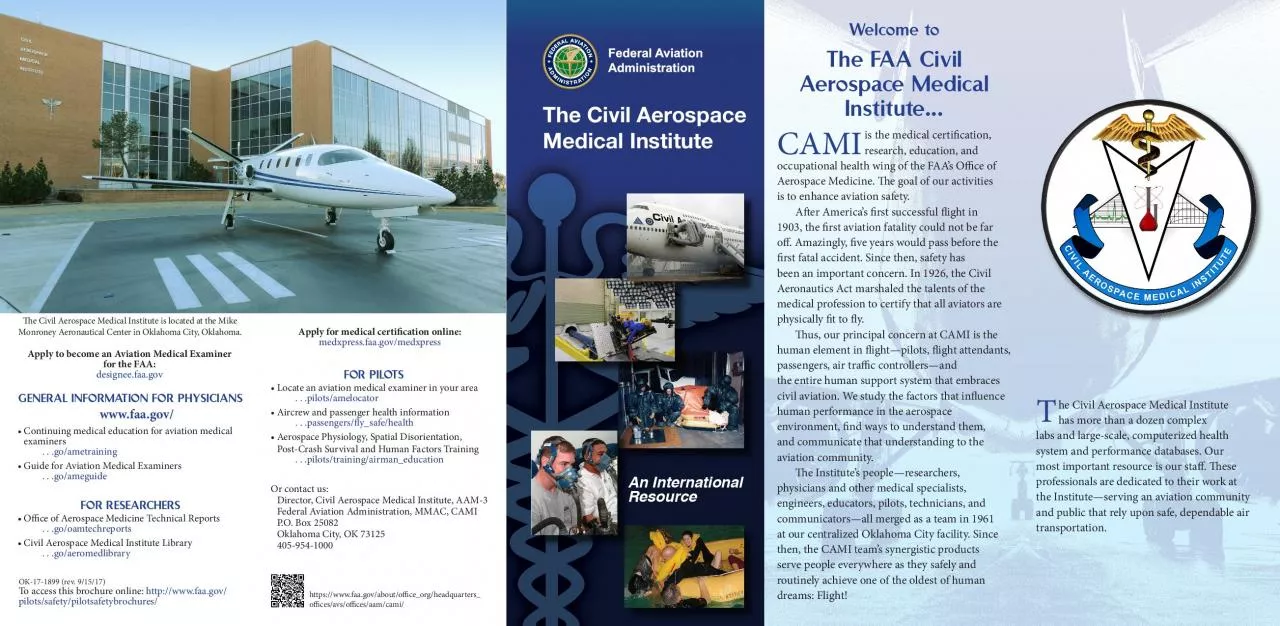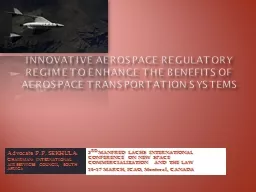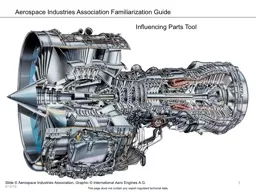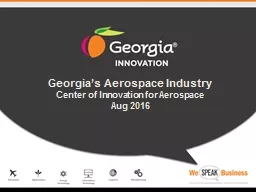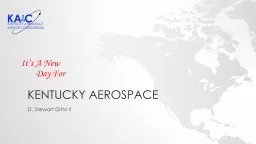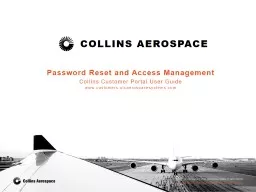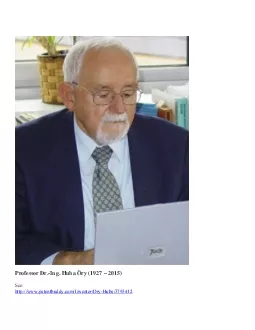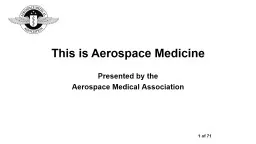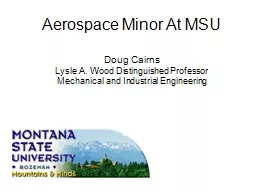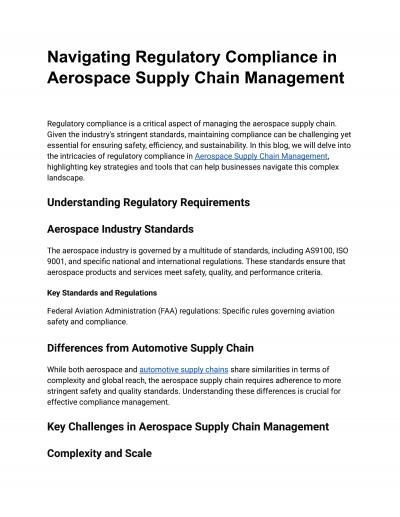PDF-The Civil Aerospace
Author : okelly | Published Date : 2021-09-10
An InternationalResource14rf11ntr25bn207r252327272515656f27r4n32111r2521r6111f241293b6b141br143143143is the medical certi29cationresearch education andoccupational
Presentation Embed Code
Download Presentation
Download Presentation The PPT/PDF document "The Civil Aerospace" is the property of its rightful owner. Permission is granted to download and print the materials on this website for personal, non-commercial use only, and to display it on your personal computer provided you do not modify the materials and that you retain all copyright notices contained in the materials. By downloading content from our website, you accept the terms of this agreement.
The Civil Aerospace: Transcript
Download Rules Of Document
"The Civil Aerospace"The content belongs to its owner. You may download and print it for personal use, without modification, and keep all copyright notices. By downloading, you agree to these terms.
Related Documents

